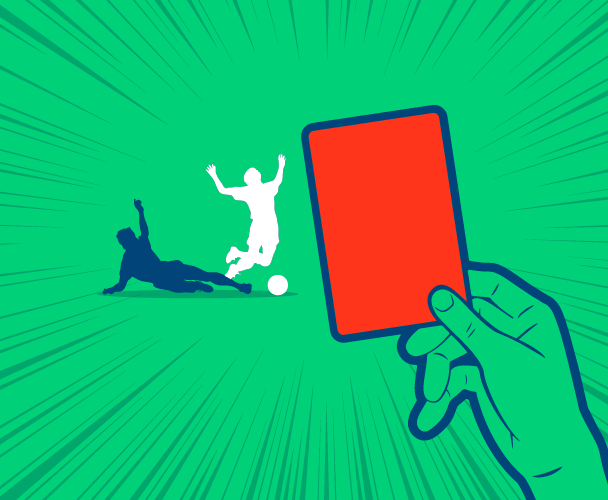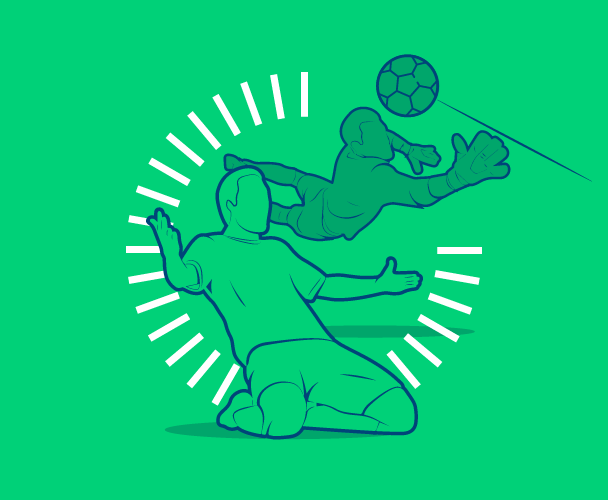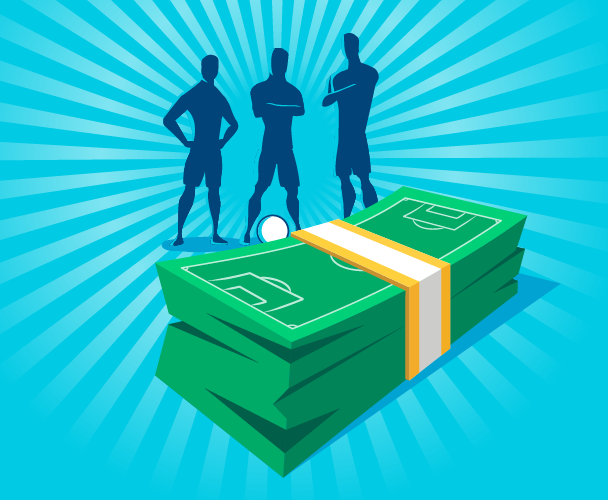New Balls
Enter our prediction competition ahead of the Women’s & Men’s Varsity football matches at the Cledara Abbey Stadium on Friday 21 March 2025

Make 3 predictions on the Women’s and Men’s Varsity matches

Win 10star merch if your predictions are correct – or the closest of all entries

Enter here before KO at 16:00, Fri 21 Mar – full T&Cs are on this page
The 10star Summer Intern Program is designed to introduce undergraduate and graduate students to how we apply data science and quantitative modelling within the sports betting industry.
Through this program, interns will have the opportunity to work on real projects, collaborate with experienced professionals, and gain insights into the workings of a constantly evolving and fast paced industry.

Timeframe
- June - September 2025

Location
- Hybrid working, with regular onsite sessions at our offices in Camden, London

Eligibility
- Strong academic performance in a Mathematical discipline
- Experience using a coding language such as R, Python, C#, VBA
- Ability to work independently and in a team environment
- Interested in sports and thinking about them in an analytical way

Application Process (now closed)
- Interested candidates should submit their resume and a cover letter outlining their interest in the internship program to careers@10star.com with the subject line "Summer Intern Program Application"
- Closing date for applications 30 April 2025
- Shortlisted candidates will be contacted for interviews

Benefits
- Professional Development
Work closely with experienced professionals and participate in learning sessions tailored to enhance your skills - Networking Opportunities
Connect with professionals across various departments and build relationships that could benefit your career in the future - Hands-on Experience
Engage in meaningful projects and tasks that contribute to the company's goals - Remuneration
Competitive salary offered for the duration of the internship - Flexibility
Work around your term dates, study requirements and holidays
An Underestimated Edge in Tennis Betting
“New balls please” – for any avid tennis fans out there, you can probably predict the next sequence of events. Both players rush over to their bag and select a freshly strung racket with a new tension for the ensuing games. It’s a routine change, but one that reflects how seriously players take this shift in conditions.
Yet, while the competitors themselves clearly place importance on this moment, does the betting market give it the same attention? And more importantly, should it?
Players Know: Balls Matter
In recent years players have become increasingly vocal regarding the quality of tennis balls on tour. Alexander Zverev and Daniil Medvedev, among others, have openly criticised the tour's usage of “sub-optimal” balls which depressurise and deteriorate rapidly. Zverev recently stated, “Balls have become much worse and much slower. They are not as consistent and don’t last as long.” While tennis players do love the odd moan, there certainly appears to be growing dissatisfaction in the locker room on this matter.

So, what does this mean from a number’s standpoint? Well, if player statements regarding the quality and longevity of balls are to be believed, then we should expect to see a noticeable drop off in game hold percentages as balls become increasingly worn out throughout the match. In a nutshell, the advantage the server has should in theory diminish with every game played within the new ball cycle.
Ball changes occur after the first 7 games of a match and every 9 games thereafter. So New Ball (NB) games would be games 8, 17, 26, etc. Analysing the effect of new balls on both tours and across all surfaces, we have discounted the first cycle of balls as these will have already been used during the warm-up.
Effect of new balls on game hold since 2024

This aligns with the expectation that fresh balls travel faster and are harder to return, giving the server a natural advantage. As expected, the difference was most pronounced on quicker surfaces. Grass courts showed the largest disparity (3.26%), while clay – being generally the slowest surface – showed the smallest (2.37%).
Men’s Tour
This pattern held true for ATP matches with grass and indoor hard, the two fastest surfaces, showing the most noticeable increases in hold percentage during NB games. Interestingly though, clay showed a slightly higher differential between NBs and OBs than hardcourt – 2.3% compared to 2%. A possible reason behind this may have to do with the misconception of clay being a slow surface and therefore not suitable for big servers. While we can see from the numbers that clay in general is certainly slower than hard (77% hold rate compared to 81%) it doesn’t quite tell the whole story from a serve and return standpoint. For example, the kick serve can be particularly deadly on clay due to the exaggerated bounce on this surface. When you add in the new ball component you can start to see how these numbers might make sense.

Women’s Tour
The WTA data followed a similar trend, though with a few noteworthy differences. Notably, the impact of new balls on hold percentage was greater in the women’s game across most surfaces when compared to the men’s. This is surprising, as serve dominance is generally more pronounced in men’s tennis. Perhaps, it has something to do with the first strike tennis (who can get that first power shot in the rally) that many in the women’s game choose to employ; while less likely to win a point straight off the serve, the ability to punish a short return with the serve-plus-one would certainly be enhanced with fresher balls.
The cycle
How does this NB increase dissipate throughout the cycle of deterioration?
As expected, there is a downward trend in game hold percentage as the balls age. The effect seems somewhat more consistent and pronounced in the ATP, where the difference is >2% to when the balls are in their last game. We actually see a slight increase to game 2, largely attributed to the other player getting a better recalibration of the ball speed due to receiving first and taking this into their service game.
Game Hold

Looking at a more granular level of point we can see this early bump is less relevant and this highlights some of the deeper nuances around individual game scores as balls age and the players' mindset around them.
Point Hold

Win to Love

Final Thoughts
For sportsbooks across the globe, tennis is a key revenue driver, especially in-play. The cost of game state data used to drive these in-game wagers seemingly increase at every renewal cycle, as data rights holders look to profit from the love of tennis as a betting sport.
However, even when this data shows clearly important differentials – such that new balls consistently enhance a player’s ability to hold serve – parameters such as these are often ignored by the B2B supply chain that constructs and distributes prices to sportsbooks as part of their “data plus pricing” package.
In a game where micro-edges can translate into macro-results, sportsbooks looking to gain an edge and improve their returns need to partner with suppliers that incorporate the detail, rather than supply pricing as disposable content. 10star has been the dominate market maker for tennis on the regulated exchanges for over a decade and have supplied prices to Pinnacle since 2016. Operating in the toughest environments to the lowest margins means we must look at every nuance of the game to stay ahead – and generate a quality of pricing that enables all of our B2B partners to gain an advantage over their competition.
For all enquiries contact info@10star.com























